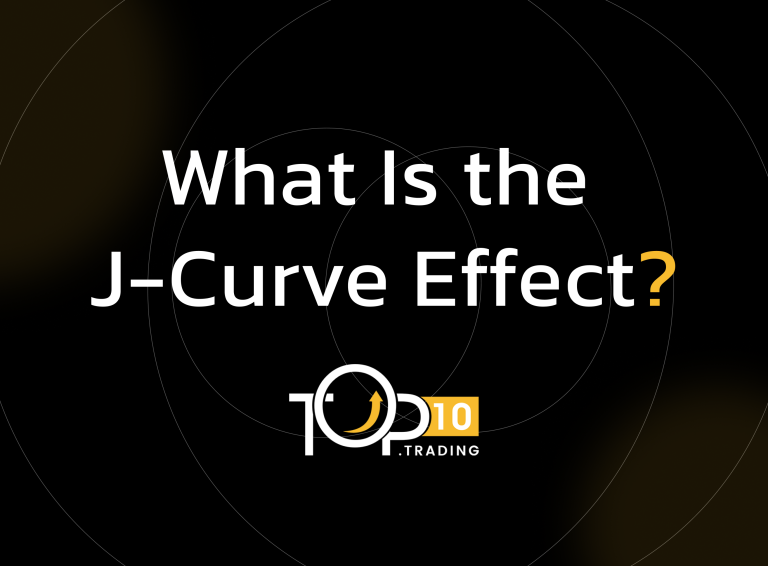J-Curve Effect Definition

The J-Curve Effect refers to a phenomenon in economics where a country’s trade balance initially worsens after a depreciation of its currency but improves over time, forming a “J-shaped” curve when plotted on a graph. This concept is widely used to explain short-term and long-term impacts of currency movements on international trade.
Key Takeaways
- The J-Curve Effect describes how currency depreciation initially worsens a country's trade balance but improves it over time as export volumes rise and import demand falls.
- It is driven by factors like price elasticity of demand and time lags in adjusting to new price levels.
- The concept is widely used in economics, private equity, medicine, and other fields to illustrate scenarios where initial losses lead to eventual gains.
- Policymakers use the J-Curve to anticipate and manage the effects of exchange rate changes on trade balances.
How the J-Curve Effect Works
- 1. Short-Term Impact (Initial Decline):
- After a currency depreciates, imports become more expensive, while exports become cheaper for foreign buyers.
- Despite cheaper exports, pre-existing trade contracts and consumer habits delay adjustments in demand.
- As a result, the trade balance deteriorates initially due to higher import costs and unchanged export volumes.
- 2. Long-Term Impact (Recovery):
- Over time, foreign demand for exports increases due to their lower prices.
- Domestic consumers shift to locally produced goods as imports become costlier.
- These adjustments lead to an improvement in the trade balance, surpassing pre-devaluation levels.
Key Economic Principles Behind the J-Curve
- Elasticity of Demand: The J-Curve aligns with the Marshall-Lerner Condition, which states that currency depreciation improves the trade balance only if the combined price elasticity of demand for exports and imports exceeds 1.
- Time Lag: The effect highlights how microeconomic factors like price adjustments and contract durations influence macroeconomic outcomes.
Applications of the J-Curve Effect
- Trade Balance Analysis: Helps policymakers understand how exchange rate changes affect imports and exports over time.
- Private Equity: In finance, the J-Curve represents investment returns that initially show losses before generating substantial gains as turnaround strategies take hold.
- Other Fields: The concept is also applied in medicine (e.g., cardiovascular risks) and sociology to describe scenarios where initial setbacks precede long-term improvements.
Graphical Representation
The J-Curve graph starts with a downward slope (representing worsening trade balance) followed by an upward slope (indicating recovery and improvement). This shape visually captures the short-term decline and long-term benefits of currency depreciation.
By understanding the J-Curve Effect, traders, investors, and economists can better analyze the dynamic impacts of currency movements on global trade and economic performance.
